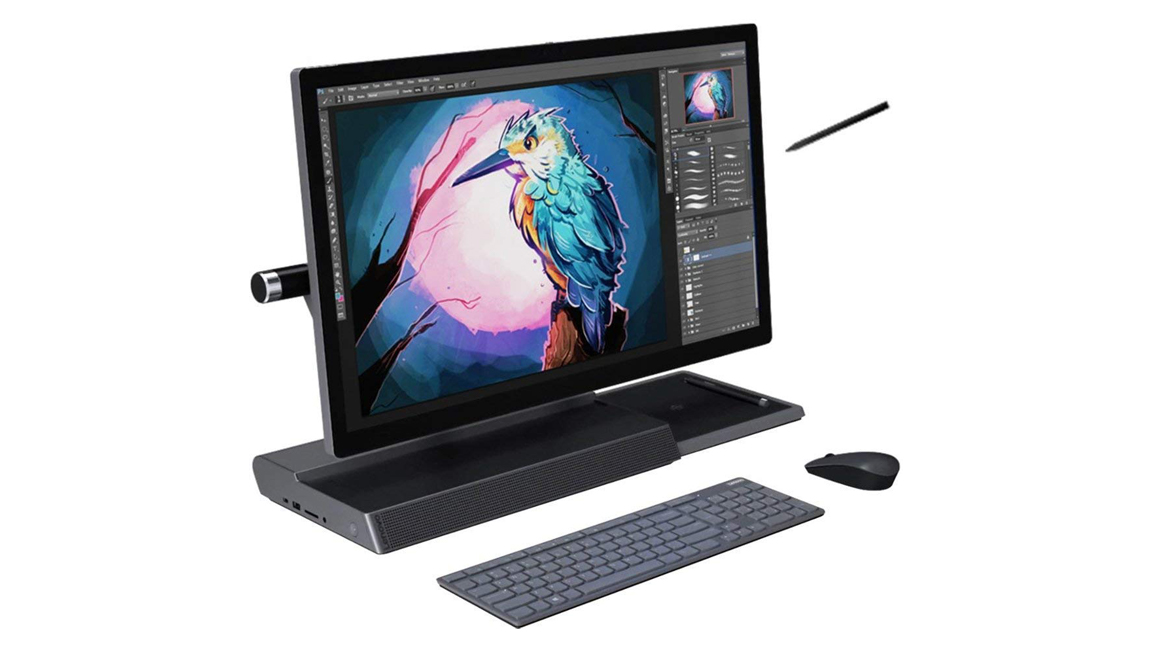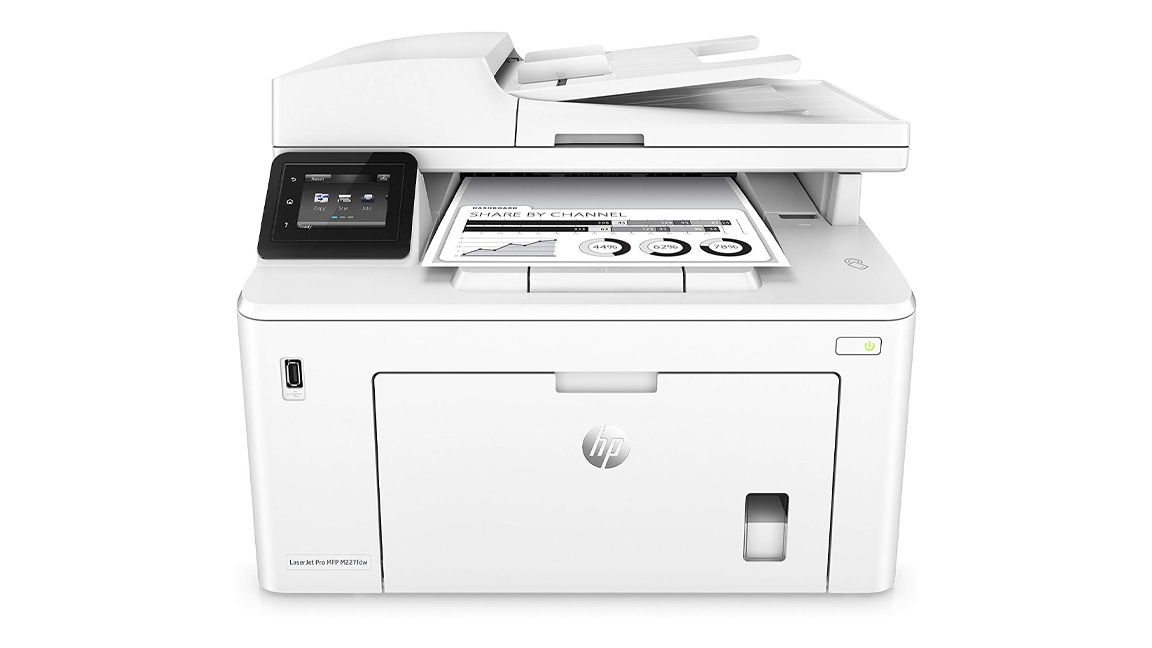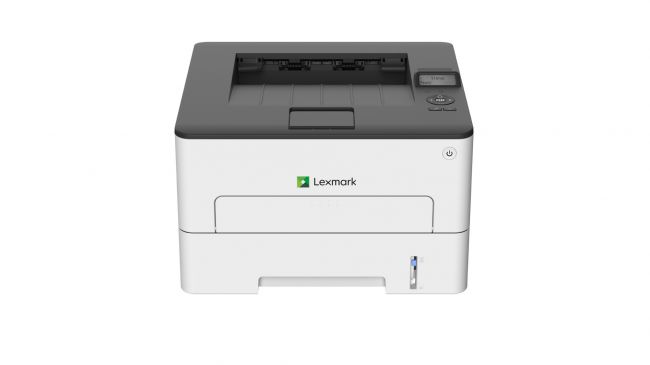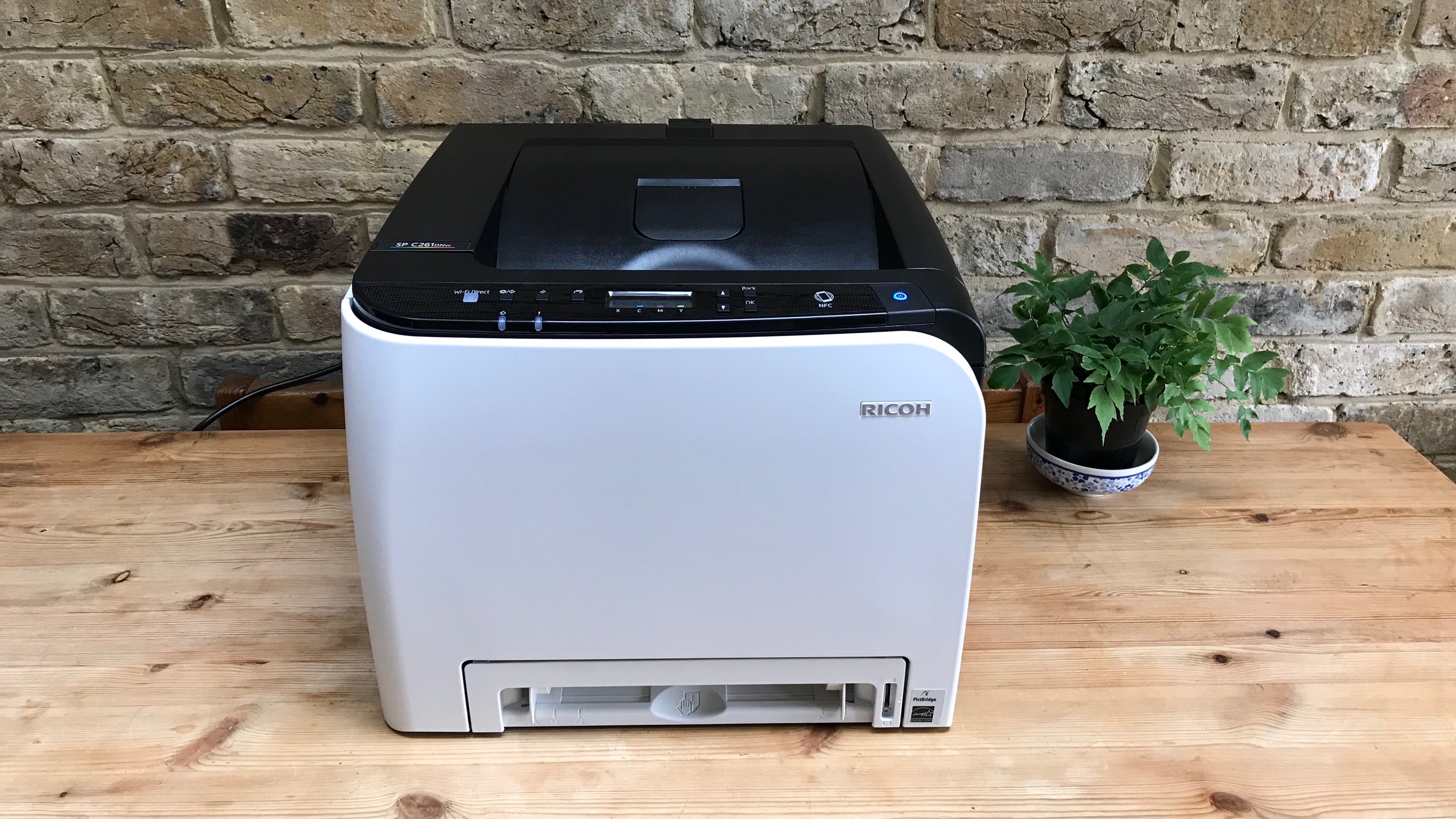Take a look at our picks for the best video editing computers 2020 has to offer. If you're a video editor or producer, then you’ll need one of these PCs, as they’re capable of handling large files and editing (and viewing) high-resolution videos.
Due to the intensive nature of video editing, there are a few essential things you’ll need in a computer you’re going to be editing videos on. You'll want a PC that comes with a discrete graphics card for rendering and converting raw footage. Plenty of RAM is also necessary, as well as a multi-core processor, for making the video editing process as quick as possible.
A PC that's capable of professional video editing won't be cheap, but we've rounded up the very best video editing computers for a range of budgets. With our built-in price comparison tool to ensure you get the best deals on these impressive PCs, you’ll find one that gets the best value for your money.
- Read more: See all of today's best video editing software

The iMac Pro is easily the best video editing computer money can buy right now. (Image credit: Apple)
The Apple iMac Pro is one of the most powerful PCs that Apple has ever made, and it's easily the best video editing computer money can buy right now. Speaking of money, you'll need quite a bit of it, as this is a very expensive machine. However, for the price you get sublime build quality, plus some of the most cutting-edge components on the market today. The Intel Xeon processor and AMD Verga 64 graphics card will make editing videos fast and smooth, and there's enough horsepower here to be able to preview your edits on the fly. Apple's software is also incredibly popular with creatives and video editors, as it's fast and reliable.

The Surface Studio 2 is a lot more powerful than the original. (Image credit: Microsoft)
Packed with a Kaby Lake mobile processor and Nvidia Pascal graphics, the Surface Studio 2 is a lot more powerful than the original, and is a brilliantly-capable video editing computer. It features a stunning PixelSense display with Surface Pen support, which gives you a whole new way to interact and edit your video. It runs Windows 10, so software support is fantastic, and the 2TB SSD lets you store plenty of video footage in a speedly solid-state drive.

Corsair One Pro i180 boasts some seriously impressive and cutting-edge hardware for video editing. (Image credit: TechRadar)
The Corsair One Pro i180 is one of the most powerful PCs out there, which makes it one of the best video editing computers you can buy in 2020. It comes with an Intel Core i9-9920X, Nvidia RTX 2080 Ti, 32GB of DDR4 RAM, 920GB NVMe M.2 SSD and 2TB hard drive. That’s some seriously impressive and cutting-edge hardware for video editing. Unlike the iMac Pro and the Surface Studio 2 above, the Corsair One Pro i180 lets you upgrade certain components yourself, making this a future-proof PC. It's also got an amazingly compact design that means it can easily sit on or under a desk. It's very expensive, though.

The fact that you can add an external graphics card to the Mac mini makes it an ideal video editing PC. (Image credit: Apple)
The Mac mini 2018 has been refreshed with modern hardware, bring Apple’s tiniest Mac into the modern age. It comes with an 8th-generation desktop processor, plenty of RAM and some of the fastest SSDs we’ve seen – all while keeping the same beloved compact form factor. What makes it an ideal video editing PC is that you can add an external graphics card to the Mac mini for added graphical prowess. You can also chain several Mac minis together and offload tasks onto each machine. This means you can use one Mac mini to render your video, while using another to complete other tasks. It's incredibly versatile, and good value as well.

If you’re looking for an all-in-one Mac, the new 27-inch iMac is your best bet. (Image credit: Apple)
Yes, another Mac computer on this list. However, Apple really does make some of the best video editing computers in the world, and this latest refresh of its iconic all-in-one iMac is worthy of inclusion on this list. It's packed with 8th- and 9th-generation desktop-class processors this time around with up to 8-cores for multitasking – essential if you're video editing. If you’re looking for an all-in-one Mac, the new 27-inch iMac is your best bet, at least if you’re not looking to spend huge amounts of money on the iMac Pro.

One look at the Apple Mac Pro (2019)'s specs, and you’ll see that this is a creative professional’s ultimate tool.
Apple has made the Apple Mac Pro (2019) one of its most modular computers yet. Combined with its raw power, it’s not just one of the best video editing computers 2020 has to offer, but also extremely future-proof, which is only right since you’re spending good money for it. Apple is ushering in that cheese grater look that we’ve come to love since its unveiling, thanks to its unique cooling system that maximizes airflow and keeps the noise down. That’s not all; one look at its specs, and you’ll see that this is a creative professional’s ultimate tool. Video editors will have a hard time throwing a task at this workstation that will slow it down.

The Lenovo Yoga A940 has a few aces up its sleeves, including 100% Adobe RGB support and Dolby Vision.
Lenovo’s latest all-in-one offering may not be as powerful as the latest Mac Pro or even Apple’s premium AIO, the iMac Pro. At this point, the 8th-generation chips and Radeon RX 560 graphics are a bit dated. However, it is still plenty powerful to meet the needs of creative professionals out there who are not entirely impressed by Apple’s pricey machines. On top of that, the Lenovo Yoga A940 has a few aces up its sleeves, including 100% Adobe RGB support and Dolby Vision, a set of Dolby Atmos speakers, a port offering that’s more generous than Apple’s all-in-one, and a stylus included in the box.
Read the full review: Lenovo Yoga A940
- While you’re at it, we’ve also found the best gaming desktop PC you can buy




































